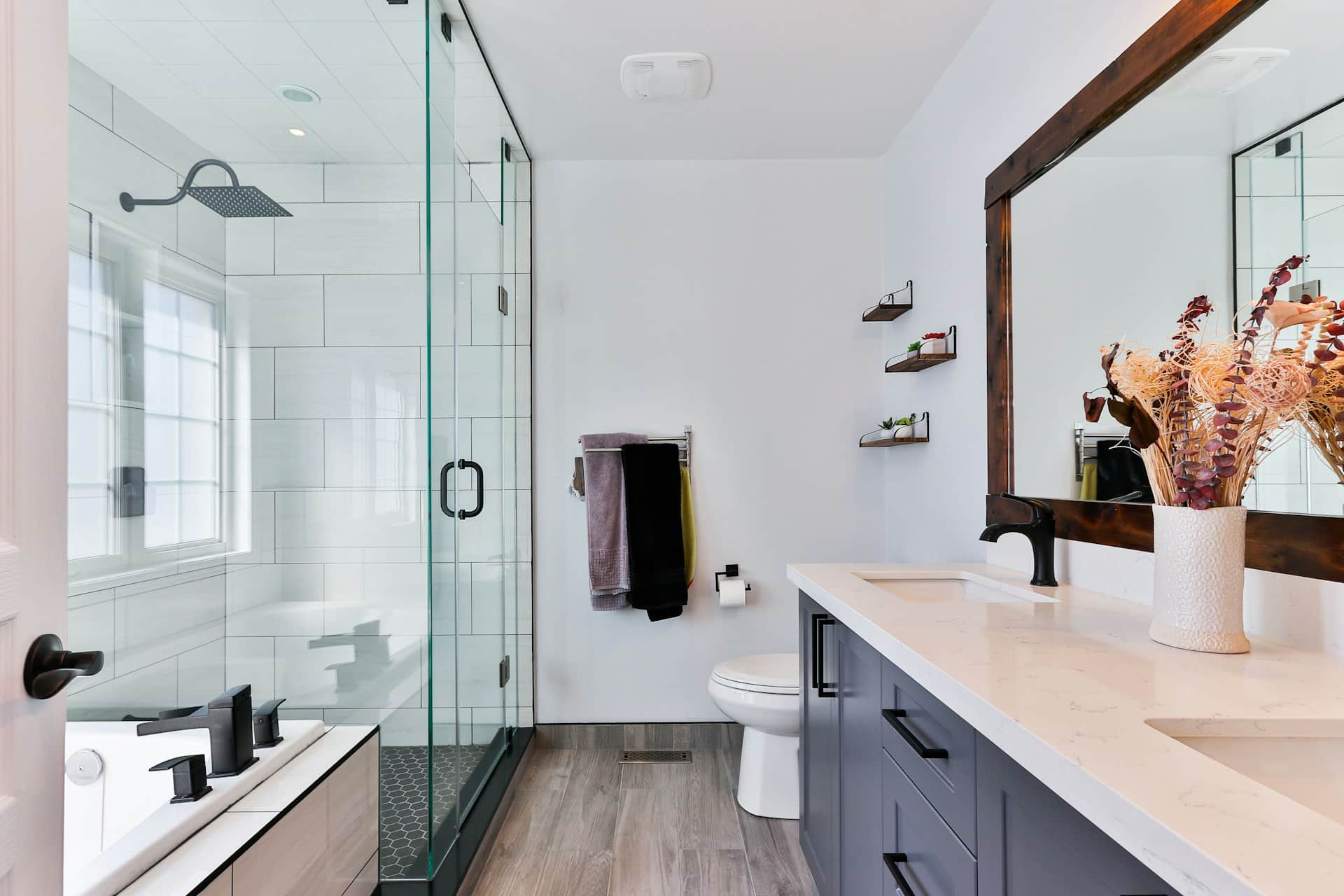How Can You Create a Special Needs-Friendly Bathroom with the Latest Technologies?

Creating a special needs-friendly bathroom can be a daunting task, especially when considering the unique needs of the person who will be using this space. Every detail, from the design of the shower to the placement of the toilet, should be well-thought-out. Fortunately, with the help of emerging smart technology and thoughtful design elements, it’s easier than ever before to create a bathroom that’s not only functional, but also accessible and comfortable for people with different abilities.
Incorporating Accessible Design Elements
The first step in creating a special needs-friendly bathroom is to incorporate accessible design elements. These features make it easier for someone using a wheelchair or other mobility devices to navigate the room and use the facilities.
Lire également : What’s the Most Efficient Layout for a Dual Home Office for Partners Working from Home?
One of the key elements to consider is the door. The door should be wide enough to allow a wheelchair to pass through easily. Additionally, it should open outward to create more space inside the bathroom. Furthermore, lever handles are recommended over traditional door knobs, as they are easier for individuals with limited hand strength to operate.
Wall-mounted sink designs can be especially helpful, as they allow a wheelchair user to roll straight up to the sink. The mirror above the sink should also be placed at a height that’s accessible for a seated person or a person of short stature.
Cela peut vous intéresser : How to Create a Coordinated Color Palette Between Adjacent Rooms in an Open Floor Plan?
For the toilet, opt for a comfort height model, which is higher than standard toilets and easier for individuals with mobility issues to use. Install grab bars on the wall near the toilet for extra support.
The shower is another area where accessible design can greatly help. A curbless shower design, for instance, eliminates the need to step over a high threshold, making it easier and safer for people with mobility issues to enter and exit the shower.
Leveraging Smart Technology Devices
Smart technology can greatly improve the bathroom experience for people with special needs. These devices can provide assistance, enhance safety, and promote independence.
Consider installing voice-activated devices. These can control the lights, activate the shower, or even flush the toilet, making it easier for people with limited mobility or motor skills.
Touchless faucets, automatic soap dispensers, and automatic hand dryers can also be very useful. These eliminate the need to turn knobs or press buttons, which can be challenging for people with arthritis or other conditions that limit hand dexterity.
Smart mirrors are also a great addition. Some come with features like magnification, adjustable lighting, and even digital displays that can show the time, weather, or news updates.
For individuals living with dementia, devices that can help orient them and remind them of routine tasks can be lifesavers. For instance, a smart mirror or a digital display can be programmed to remind the person to brush their teeth or wash their hands.
Creating a Safe and Comfortable Space
Safety is paramount when designing a bathroom for people with special needs. This involves reducing the risk of falls, ensuring easy access to all features, and creating a comfortable and calming environment.
Adequate lighting is essential to prevent falls. Consider using motion sensor lights that turn on when someone enters the room.
Non-slip flooring is another important safety feature. Tiles with texture or rubber mats can help prevent slips, especially when the floor is wet. Similarly, install grab bars in key areas such as near the toilet and in the shower.
Comfort can be enhanced by paying attention to the bathroom’s aesthetics. Choose calming colors and soft lighting. Music can also be added via smart speakers to create a soothing environment.
Making Use of Assistive Devices
Assistive devices can provide additional support and convenience for people with special needs. From shower chairs to toilet frames, these devices can make a significant difference in a person’s ability to use the bathroom independently and safely.
Shower chairs or benches allow individuals who have difficulty standing for long periods to safely and comfortably take a shower. For those with balance issues, handheld showerheads are a good choice as they allow the person to control the water flow while seated.
Toilet frames or raised toilet seats can provide the necessary support for individuals who have difficulty sitting down or standing up from a low position. These devices can be easily installed and removed as needed.
In conclusion, creating a special needs-friendly bathroom involves thoughtful design, smart technology, attention to safety, and the use of assistive devices. While it may require careful planning and potentially an investment, the end result will be a bathroom that caters to the needs of a person with disabilities—promoting their comfort, independence, and dignity.
Using Advanced Smart Technology in Bathroom Design
As technology evolves, so does its ability to enhance the lives of those with special needs. Advanced smart devices, like smart toilets and LED mirrors, can further improve the functionality and comfort of an accessible bathroom. Smart toilets, for instance, can be a game-changer for people with disabilities. These modern fixtures come with features such as automatic flushing, bidet function, and heated seats, making the bathroom experience more comfortable and independent for the user.
LED mirrors, on the other hand, can be equipped with features like automatic dimming, adjustable color temperature, and even integrated digital displays for useful information like time or weather. These mirrors can be controlled via voice commands, making them a perfect fit for individuals with disabilities.
Another noteworthy smart technology is home automation systems, such as Amazon Alexa. This technology can control various aspects of the bathroom, like adjusting the temperature, turning on the faucet, or even raising and lowering the toilet seat, all through voice commands. This can greatly benefit wheelchair users and those with limited mobility, allowing them to command different features without having to physically reach or touch them.
However, real estate professionals and homeowners must ensure that all these smart devices are ADA compliant, to meet the needs and rights of all individuals with disabilities, ensuring their safety and comfort.
Conclusion: The Importance of Aging in Place
Creating a special needs-friendly bathroom goes beyond just meeting immediate needs. It also plays a significant role in the concept of "aging in place." This term refers to the ability of individuals, particularly the elderly, to live in their own home and community safely, independently, and comfortably, regardless of age, income, or ability level.
With assistive technology and smart devices, individuals with special needs can maintain their independence for longer. By transforming a bathroom into a wheelchair-friendly space with advanced smart technology, including smart toilets and LED mirrors, one can create an environment that helps people with disabilities or the elderly age with dignity in their own homes.
As societal awareness of the needs of individuals with disabilities grows, so does the demand for accessible bathrooms that adhere to ADA guidelines. This demand, in turn, impacts the real estate industry, influencing architects, contractors, and homeowners to work with smart technology for their real estate development and renovation projects.
In essence, creating a special needs-friendly bathroom is a multidimensional process that combines thoughtful design, advanced technology, safety considerations, and personalizing aesthetics. With careful planning and the right resources, you can create a wheelchair accessible bathroom that not only meets the needs of the person using it but also fosters their independence and dignity.
